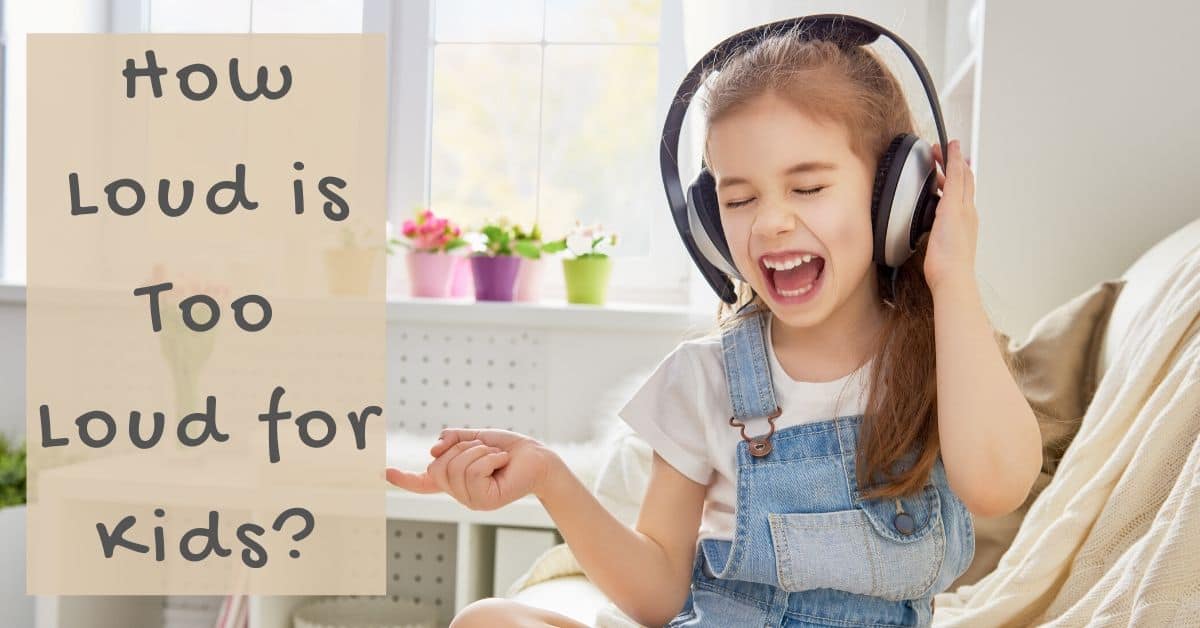
The hearing of a child is very sensitive. What we can interpret as an appropriate level of noise for little ears can be too harsh. Excessive noise inside the ear canal can cause damage to the hair cells within the ear.
When this happens, your kids’ ears are never going to recover—it is permanent. It could cause potential hearing issues later in life, and even restrict the development of language and social skills.
How noise is measured
Noise is measured in units called decibels (dB).
Minor changes in dB levels can have a significant effect on the safety of you and your child’s ears. When the dB level increases, hearing becomes more likely to get impaired and quicker than you would expect. Sound will damage your hearing if it is:
- 85 dBA, at 8 hours of exposure.
- 100 dBA, at 14 minutes of exposure.
- 110 dBA, at just 2 minutes of exposure.
How can I tell if I’m subjecting my child to dangerous noise levels?
You’ll know you’re in the presence of dangerous noise if:
- You must raise your voice to be heard even when you are 2-3 feet from your kid.
- Those 3 feet away from you can’t hear or understand you.
- After you leave the noisy place, noises around you sound muffled.
- After exposure to noise, you or your child feels discomfort or ringing in the ears (“tinnitus”).
The noise loss risks that kids face
Their toys
Many toys make noises that could harm the hearing of your child. Toy sirens and squeaky toys can be as loud as 85 dB. Many children raise the risk even higher by putting the toy next to their ear. If your child does that, a 90 dB noise can go up to 120 dB. This makes it as loud as a jet plane taking off.
Has your child been given a new, noisy toy? If the noise is making you annoyed from afar, it is probably too loud. Try adding masking or packaging tape over the speaker of the toy. That should muffle the sound enough for everyone to be safe. Some toys have volume controls to lower the volume, or to shut off the noise entirely. Failing that, you could always remove the batteries and use them as a silent toy.
Check toys in the store before you buy them to test the sound levels. Ask yourself if it is too loud, and see whether it has a function to control the volume.
To avoid the issue entirely, only buy quiet toys. Search for low-volume gadgets or devices, or ones that don’t make sound, like books or puzzles.
Public events
Going to public events are a great way to do something as a family, but watch out as both you and your children’s ears may be harmed by the equipment used to power these events.
These events include:
- festivals
- parades
- carnivals
- wedding parties
- sports events
- motor races.
- concerts
- cvents with fireworks (such as during new years eve events)
Pack hearing protectors, such as earplugs or earmuffs for your child if attending these events. You can also remove yourself from the loud noises by finding a quiet spot.
Personal listening devices (among older children and teenagers)
Evidence has shown that the hearing loss among tweens and teens has risen over the past three decades, in line with smartphone usage. This is perhaps more disturbing because a hearing impairment can go undetected for several years following prolonged exposure to high noise levels. This suggests that the hearing damage caused by the noise adolescents may not emerge for several years.
The most common sources of loud noise for listening to music or playing games using personal earphones. While participating in these practices, adolescents should be advised to restrict the length and volume of their exposure. They will preferably hold personal-hearing devices set to no more than half the volume. Don’t be afraid to ask your child to lower the volume. There are also settings on smartphones that automatically limit the noise to a certain level.
Protecting your child from the dangers of the world is a ceaseless task. Luckily, with a little forethought, you can easily protect your children from the risks of noise-induced hearing loss, so that they can continue to enjoy good hearing health well into their adult years.
